Though they first appeared in the mid-1980s, run flat tires (RFT) are now more popular than ever. With some auto manufacturers making them standard in new vehicles, more consumers are asking about run flats, their advantages, and how using them impacts driving.
Run flat tires are tires on which you can continue driving after a puncture so you can take time get to an auto shop or find a safe, level area to change your tire.
You can’t drive on them indefinitely, though. Check the manufacturer’s specifications to find out how fast and how far you can drive on your run flat tires. Bridgestone run-flat tires will allow continued operation even after a loss of some or all inflation pressure for up to 50 miles (80 km) at a maximum speed up to 50 mph (80 km/h.)
There are two primary types of run flat tire systems: the self-supporting system and the support ring system.
In most self-supporting run flat tire systems, the tire features reinforced sidewall construction that will continue supporting the vehicle in the event of air loss. This construction allows continued operation after the loss of air pressure up to the speed and distance specified by the manufacturer.
Support ring run flat tire systems, on the other hand, employ a ring of hard rubber or another structure that can support the vehicle’s weight in an air loss condition.
Since they continue performing even though they’re “flat,” all run flat tires, regardless of the specific system type, may only be used on a vehicle equipped with a Tire Pressure Monitoring System (TPMS). The TPMS alerts you as soon as one of your tires loses pressure. Without it, you might not know you were driving on an underinflated tire.
You don’t have to change your tire in dangerous or uncomfortable conditions. This is perhaps the biggest benefit of run flat tires and is the one of the reasons why they were designed. With conventional tires, you have to replace a flat on the spot or have your car towed.
With conventional tires, you have to replace a flat on the spot or have your car towed.
In a puncture situation, run flats are more stable than conventional tires. Since they’re made to support your vehicle even when they contain no air, run flat tires will help you maintain better control in a complete air loss situation than conventional tires.
As consumers continue rating safety high on the list of features they look for in a vehicle, the popularity of run flat tires is expected to grow. Since run flat tires work reliably with interconnected technologies like TPMS, it may only be a matter of time before they become the norm rather than the exception in new vehicles.
There’s never a good time for a flat. That’s why Bridgestone DriveGuard tires are masterfully engineered to keep you moving for up to 50 miles at speeds up to 50 MPH without disruption.
See Details Find Your Fit
There’s never a good time for a flat.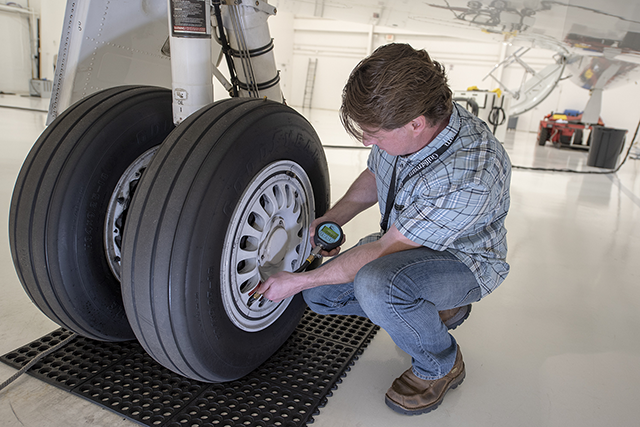 That’s why Bridgestone DriveGuard tires are masterfully engineered to keep you moving for up to 50 miles at speeds up to 50 MPH without disruption.
That’s why Bridgestone DriveGuard tires are masterfully engineered to keep you moving for up to 50 miles at speeds up to 50 MPH without disruption.
If you’ve ever been in a situation where you had a flat tire, you know how nerve-wracking and time-consuming it can be to change. Luckily, run-flat tires allow you to drive on them even when they’re flat. But how long and how fast can you drive on them before they go bad?
In general, most run-flat tires will allow you to drive for up to 80 km (50 miles) at speeds of up to 89 kph (55 mph). However, it’s important to note that driving on a run-flat tire for too long or too fast can damage the tire/wheel, or cause an accident.
This post will explore the risks of driving on a run-flat tire and what to do if you get a flat tire. Stay tuned!
There are a few major risks associated with driving on run-flat tires for extended distances. Let’s take a look at them now.
Let’s take a look at them now.
One of the risks of driving on a run-flat tire is that the tire can lose pressure quickly. That’s because the tires are designed to be used for a short period and then discarded. Once the tire loses pressure, it can no longer support the weight of the vehicle and can cause several problems, including the following:
One of the risks of driving on a run-flat tire is that the tire tread can reduce quickly. That can happen due to accelerated wear and tear. Although these tires are designed to be driven on when they’re flat, it’s not ideal.
Driving on run-flat tires for farther than 80 km (50 miles) can take its toll on the tire tread, causing it to become thinner and less effective. That can ultimately lead to a blowout, so it is important to keep an eye on the condition of your run-flat tires and replace them as needed.
It’s also important to note that driving beyond 80 km (50 miles) on a flat tire is a safety hazard. Not only does it make it difficult to control the vehicle, but it can also cause an accident.
Here are a few risks of driving on a flat tire:
If you get a flat tire, it’s important to know what to do. Here are a few tips:
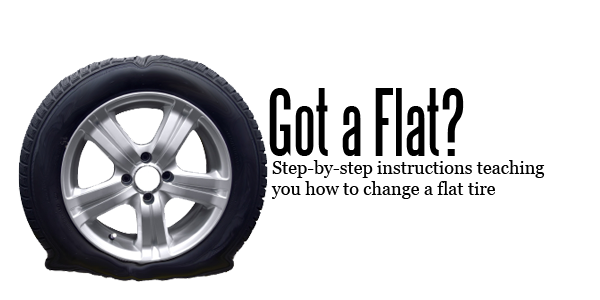
That said, here’s a video that may come in handy when fixing a flat tire:
There you have it! Driving on run-flat tires comes with a few risks, so it’s important to be aware of them. If you do get a flat tire, don’t drive on it for too long or too fast.
Remember, the longest and fastest you should drive on a flat tire is 80 km (50 miles) at 89 kph (55 mph). If your tire goes flat, ensure you visit the nearest service station as soon as possible. Drive safely!
Categories Cars Tags cars, tires
Tire puncture is a common problem that often occurs on Russian roads. For many drivers, its solution is not very difficult: it is enough to install a spare tire and drive to the nearest workshop.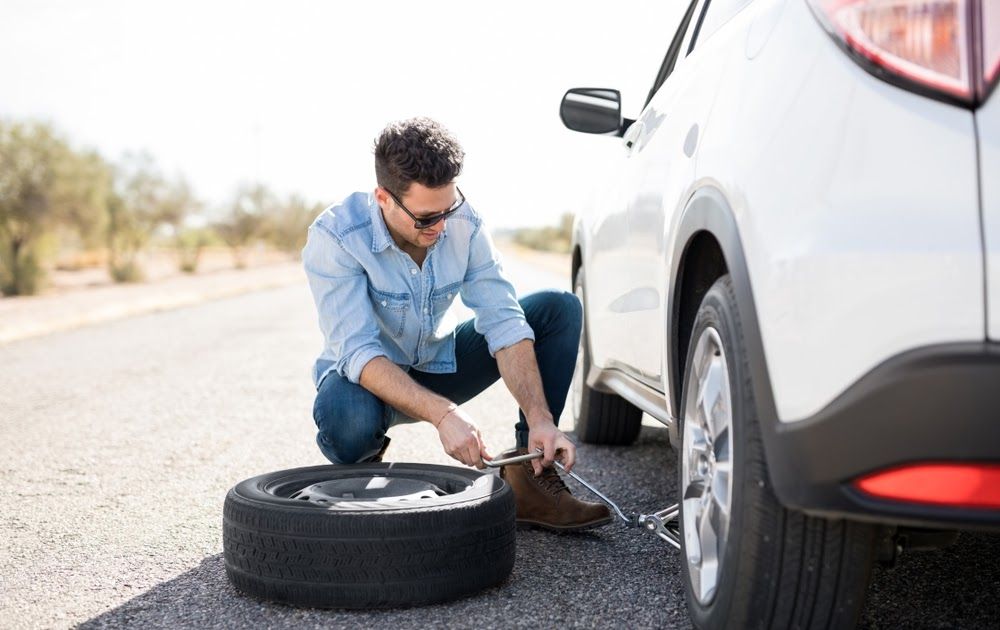 However, there are situations when it is quite problematic to do this. For example, not every girl is capable of installing a car spare wheel. In addition, two tires are often damaged at once. It was to solve such situations that the RunFlat technology was created. It allows you to continue driving even if the tire is flat or there is a loss of pressure due to a puncture. Like any development, RunFlat has its own features, advantages and disadvantages. You will learn about all the important nuances of technology from this article.
However, there are situations when it is quite problematic to do this. For example, not every girl is capable of installing a car spare wheel. In addition, two tires are often damaged at once. It was to solve such situations that the RunFlat technology was created. It allows you to continue driving even if the tire is flat or there is a loss of pressure due to a puncture. Like any development, RunFlat has its own features, advantages and disadvantages. You will learn about all the important nuances of technology from this article.
Translated into Russian, Run-Flat literally means "flat ride". This technology allows you to go further even in the event of a rubber puncture. RunFlat tires differ from conventional tires in the following details.
Wide side ring with additional reinforcement.
Rubber resistant to high temperatures.
Sturdy sidewall.
The presence of amplifiers in the frame.
Thanks to these features, run-flat tires do not sag under the weight of the car in the event of a tread puncture, as conventional tires do.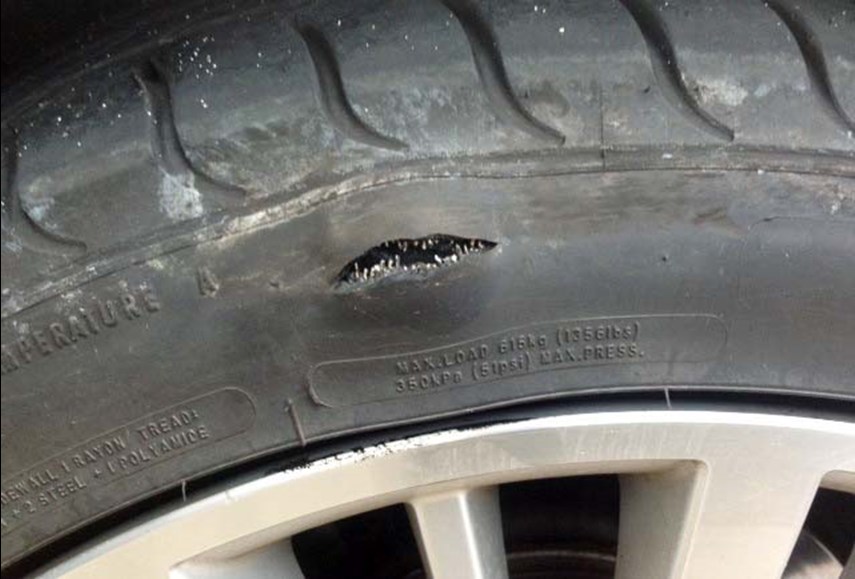 Reinforced sidewall and other elements of RunFlat do not allow the rubber to come off the disk, keep the car in a straight line.
Reinforced sidewall and other elements of RunFlat do not allow the rubber to come off the disk, keep the car in a straight line.
Depending on the design features, there are several types of RunFlat safety tires that do not descend from punctures.
They are sometimes referred to as zero pressure rubber. Tires with the RunFlat system have a reinforced sidewall and carcass. In addition, tires have a heat-resistant compound and special longitudinal ribs. All this ensures better cooling while driving. If the runflat carrier tire has been damaged, it will be able to stay on the rim and provide traction. The disadvantage of these tires is that they can only be installed on vehicles equipped with pressure control systems (RDC, TPMS, RPA) and directional stability (ESP).
Some manufacturers create a special layer inside the rubber that can tighten small punctures. Even if a sharp object flies out of the tire, the hole will be closed and you can go further without losing control. This is the key feature of self-sealing run-flat tires.
This is the key feature of self-sealing run-flat tires.
These tires are slightly different from regular tires. An elastic ring is installed on the wheel rim. It provides a supportive effect when pressure is lost inside a damaged run-flat tyre.
Tires with run-flat pressure technology won't eliminate the need to visit a tire shop. However, it is thanks to them that you can refuse the services of a tow truck and not carry a “spare tire” with you.
In the event of a puncture, tires with the RunFlat system will not be allowed to drive many kilometers (up to 80 km on average). At the same time, it is worth refusing to make sudden maneuvers and limit the speed to 80 km / h. It is because of the presence of such conditions that the use of RunFlat tires on vehicles without a system that controls the pressure level is prohibited. The driver may not notice the damage and continue to drive aggressively, which is extremely dangerous. In addition, it is worth remembering that each manufacturer sets its own speed limits and distances for traveling on damaged tires with the RunFlat system.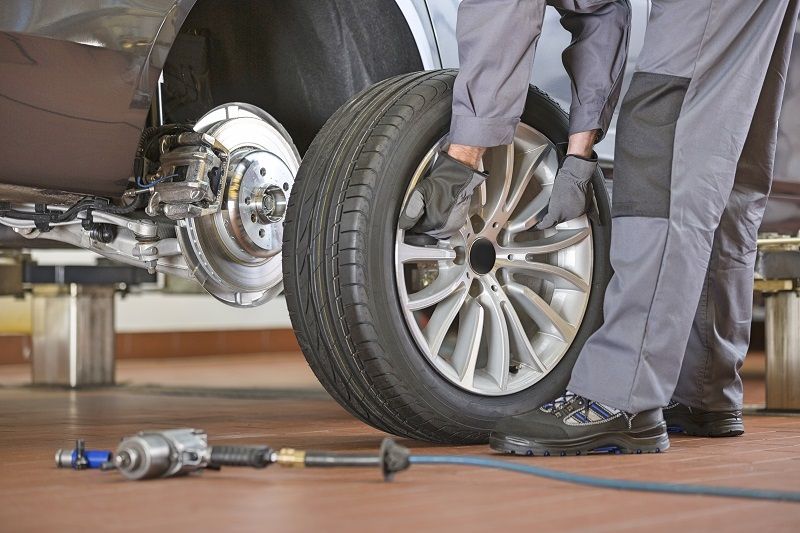
Run-Flat tires are sold individually or as a complete set. Which option to prefer is the personal choice of each driver. The supply of complete run-flat tires is a unique offer from Mercedes-Benz and BMW dealers.
Installing tires with RunFlat technology will not cause additional difficulties. Overboarding can be done every season. To carry out the work, you will need professional qualifications, Easymont (“Third Hand”) equipment, which makes it easy to remove tires with the RunFlat system. All this can be found in a quality tire shop. Some models also allow puncture repair.
The advantages of safe tires are obvious.
Safety.
Saving time for reordering.
Improved steering response.
Save space in the trunk by eliminating the spare wheel.
RunFlat technology also has some disadvantages.
Limited use (the car must have a tire pressure monitoring system).
High price (unlike conventional tires, it is 15-25% more expensive).
Increased sidewall stiffness leads to reduced driving comfort.
Continental IceContact 2 SUV
The design of the tire from the German manufacturer has a rigid reinforced sidewall. Even in the event of a loss of pressure, it does not differ externally from a normal inflated tire. At the same time, RunFlat tires from the Continental brand have high levels of acoustic comfort. The tires respond quickly to the movement of the vehicle's steering wheel and provide driving safety through a directional pattern and the inclusion of steel studs.
Goodyear Eagle UG GW-3
Runflat tires from an American manufacturer, suitable for those who like to move at high speeds. Tires are not studded, but do well in wet snow porridge. At the same time, decent grip of the car with the road is noted during heavy braking, cornering at speeds up to 100 km / h. The run-flat design of tires provides acoustic comfort, the ability to continue moving even with a sudden loss of pressure.
The run-flat design of tires provides acoustic comfort, the ability to continue moving even with a sudden loss of pressure.
Bridgestone Blizzak RFT
These tires from a Japanese manufacturer are available in diameters from R16 to R19. Reinforced sidewalls of RunFlat tires help maintain directional stability even during pressure loss due to damage. The asymmetric pattern contributes to reliable grip on all types of surfaces and a high level of maneuverability. The RC-polymer modifier in the rubber compound ensures the stability of run-flat tires during temperature fluctuations.
Nokian Tires Hakkapeliitta 7 SUV
RunFlat technology is implemented in the design of tires from sizes R17-R19. The special rubber composition and reinforced sidewalls allow the car to travel up to 100 km even if the tires are deflated. The symmetrical pattern with the inclusion of metal studs provides reliable grip on icy and snowy roads.
Dunlop SP Sport Maxx TT
This UK manufacturer's RunFlat tire offers good traction and durability. In order for the tires to remain stable even when pressure is lost, nanoparticles similar in properties to diamond are added to the rubber composition. The sidewall is reinforced with Kevlar thread. Tires are not afraid of punctures, resistant to minor damage. While driving, the car is stable, precise in control, not subject to aquaplaning and skidding when cornering. All this is provided by the tread pattern, built using mathematical modeling, and the special design of the side blocks.
In order for the tires to remain stable even when pressure is lost, nanoparticles similar in properties to diamond are added to the rubber composition. The sidewall is reinforced with Kevlar thread. Tires are not afraid of punctures, resistant to minor damage. While driving, the car is stable, precise in control, not subject to aquaplaning and skidding when cornering. All this is provided by the tread pattern, built using mathematical modeling, and the special design of the side blocks.
Kumho ECSTA PS71
These RunFlat tires are available in sizes R16 to R19. Suitable for those who like to ride at high speeds. Reinforced sidewall adds rigidity to the structure, which contributes to better maneuverability, good traction. The South Korean manufacturer also took care of maintaining an affordable price, which is successfully combined with a high level of quality and wear resistance.
Yokohama Advan Sport ZPS
Tires from the Japanese manufacturer are designed with the principles of the RunFlat system, which ensures safety even when the pressure is released. They are available in sizes R16 to R20. They are distinguished by a soft tread, which allows you to maintain precise control of the car and a high level of grip even at high speed.
They are available in sizes R16 to R20. They are distinguished by a soft tread, which allows you to maintain precise control of the car and a high level of grip even at high speed.
Michelin Pilot Sport PS2
The French manufacturer has taken care of premium cars and powerful sports cars. The included RunFlat technology allows you to maintain maneuverability even if the tires are suddenly deflating. The rigidity of the structure and the special tread pattern provide fast acceleration and braking, reliable grip on wet and dry road surfaces. At the same time, the level of acoustic comfort remains acceptable even at high speeds.
Date of tire manufacture Friction tires - what is it? Dmitry Pitersky
Expert group: Andrey Mokhov | Oleg Rastegaev | Yaroslav Cyplenkov
How bad is the comfort of Run Flat tires with reinforced sidewalls, on which, after a puncture, you can reach the tire shop? Why are they used today not only by BMW and Mini, but also by Mercedes-Benz, Infiniti, Lexus? We took a Bavarian "three-ruble note" with two sets of tires, "safe" and regular, and went to the landfill.
Struggling with punctures in pneumatic tires, already at the beginning of the 20th century, tire manufacturers tried to use porous rubber and bandage rings - but these unpractical solutions took root only in motorsport and in military equipment. Only at 19In 1973, Dunlop proposed to reinforce the sidewalls with an additional layer of rubber, which, in the event of a puncture, acted as a cushion between the rim and the road and allowed the movement to continue even at zero pressure. The technology was called Dunlop Denovo, reinforced tires were installed as an option for Fiat Panda, Rover P6B cars. Later, the name Run Flat was assigned to these tires - driving on a flat tire, that is, on a deflated tire. And they began to be truly mass-produced only at the end of the nineties of the last century, when the technology was adopted by BMW: Bavarian cars began to be designed without niches for a spare tire at all.
Run Flat tires are not only an additional layer of rubber on the inside of the sidewall, but also a different design of the carcass, bead ring and bead cord adjacent to it.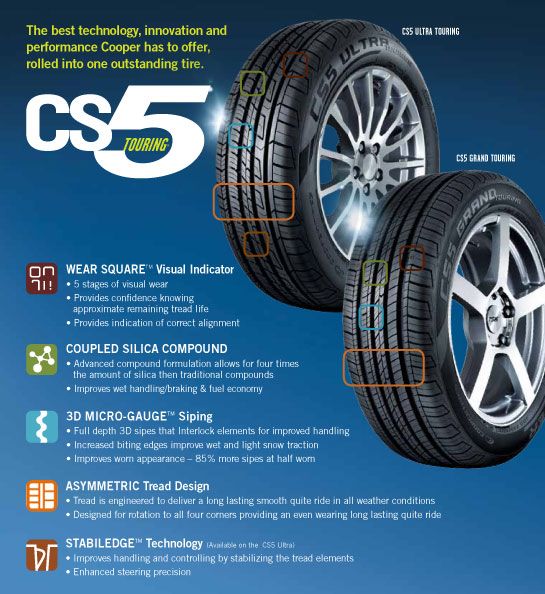 spare-document. Moreover, it will not just be thrown into the trunk, but placed in a specially equipped niche under the raised floor, which, unfortunately, will significantly reduce the usable volume of the cargo compartment. So is it worth sacrificing the trunk for the sake of driving comfort? And by the way, how safe are run flat tires to drive when flat? I remember very well how, 14 years ago, at the Paul Ricard track, journalists sorted out a flat Pirelli Run Flat tire on a “one” BMW.
spare-document. Moreover, it will not just be thrown into the trunk, but placed in a specially equipped niche under the raised floor, which, unfortunately, will significantly reduce the usable volume of the cargo compartment. So is it worth sacrificing the trunk for the sake of driving comfort? And by the way, how safe are run flat tires to drive when flat? I remember very well how, 14 years ago, at the Paul Ricard track, journalists sorted out a flat Pirelli Run Flat tire on a “one” BMW.
Pirelli uses the “Run Flat” label, while other manufacturers use more sophisticated abbreviations: RSC (Michelin), RFT (Bridgestone) or SSR (Continental)
Take me, too, Pirelli - a modern model of the Cinturato P7 in dimension 225 /55 R17. Two sets. The one that Run Flat, with reinforced sidewalls, is also marked with asterisks: the tires are homologated for BMW and Mini cars. And the function of the aggregate carrier will be performed by the BMW 320d. His native tires are slightly lower, dimensions 225/50 R17, but may the tire gods forgive us for a five percent difference in profile height.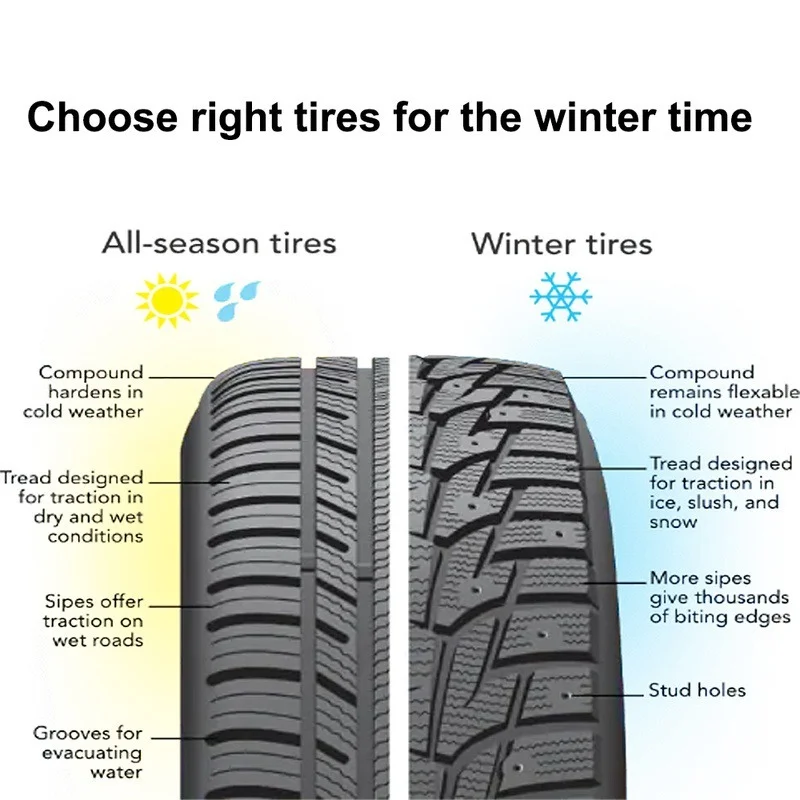
Due to the stiffer sidewalls and developed humps, it is more difficult to mount Run Flat tires
We mounted all tires on the same alloy wheels, which were promptly made for us by the Krasnoyarsk company K&K. Beading Run Flat tires is, of course, more difficult: not only is the sidewall much stiffer, but also the humps are higher (these are the tides that prevent the tire bead from sliding into the inner rim stream). The wheel designed for regular tires has a hump height of 5 mm, while the one designed for Run Flat tires has a hump height of 6.2 mm. But even our ten-year-old tire changer coped with the task.
The wheel of the Krasnoyarsk company K&K (left) with dimensions 7.5x17 h3 is designed for a conventional tire. And the one on the right is marked 7.5x17 Eh3 + - the abbreviation Eh3 + means Extended Hump, extended humps of increased height (shown by arrows) for Run Flat tires
Let's go!
Is there a difference on the go? At the same pressure of 2.